Home>Articles>How Much Does It Cost To Install Peel And Stick Tile
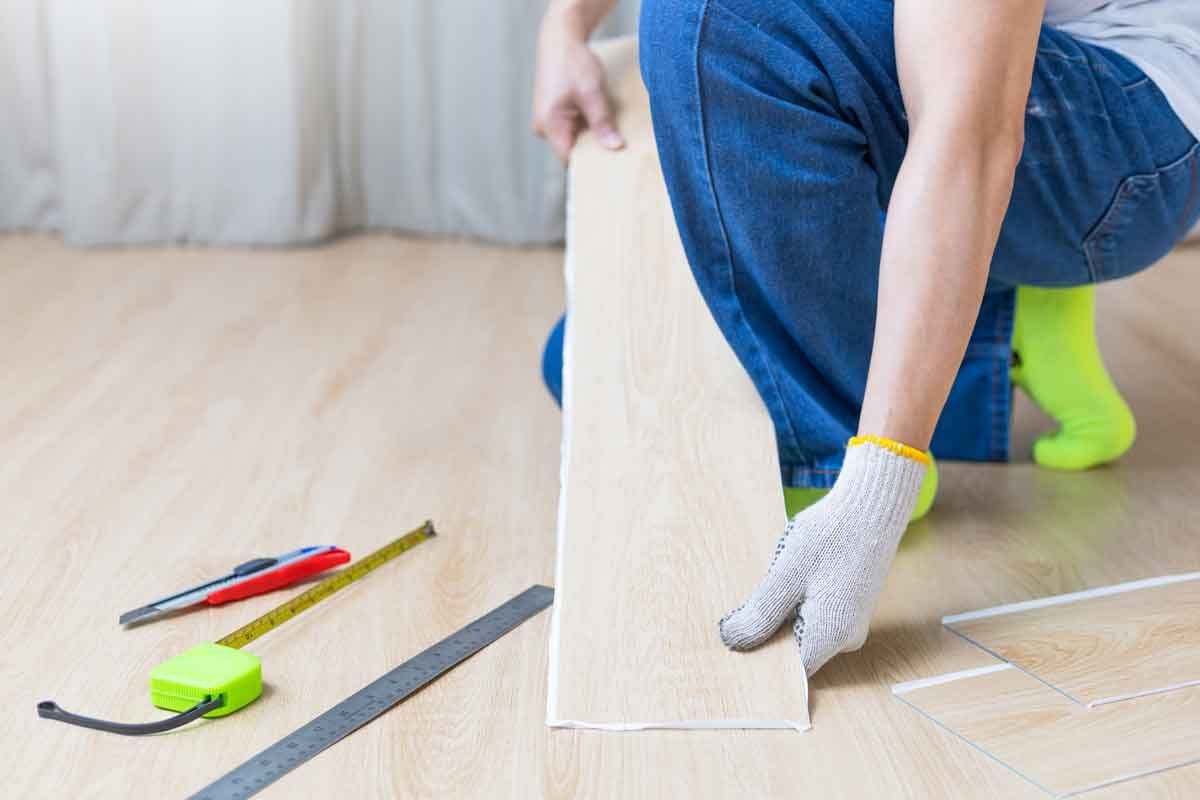

Articles
How Much Does It Cost To Install Peel And Stick Tile
Modified: August 17, 2024
Looking for articles on how much it costs to install peel and stick tile? Discover the most accurate information and average prices in our comprehensive guide.
(Many of the links in this article redirect to a specific reviewed product. Your purchase of these products through affiliate links helps to generate commission for Storables.com, at no extra cost. Learn more)
Introduction
Peel and stick tile, also known as self-adhesive tile or adhesive-backed tile, has gained popularity in recent years as a convenient and cost-effective alternative to traditional tile installation methods. With its easy application process and wide range of styles and patterns, peel and stick tile has become a go-to choice for homeowners looking to update their spaces without the hassle and expense of hiring professional installers.
In this article, we will explore the various factors that can affect the cost of peel and stick tile installation. We will also provide a detailed breakdown of the expenses involved in the installation process and discuss the pros and cons of DIY installation versus hiring a professional. Additionally, we will share some money-saving tips for those considering peel and stick tile installation as a budget-friendly home improvement project.
Whether you’re looking to refresh your kitchen backsplash, update your bathroom flooring, or add a decorative accent to any room in your home, understanding the cost factors associated with peel and stick tile installation will help you make informed decisions and achieve the desired results within your budget.
Key Takeaways:
- Peel and stick tile installation costs vary based on factors like tile quality, area size, preparation needs, and labor. DIY saves on labor but requires time and effort, while hiring a professional offers expertise and convenience at a higher cost.
- To save money on peel and stick tile installation, consider shopping for deals, doing prep work yourself, and exploring alternative tile options. DIY resources and borrowing tools can also help reduce costs without compromising quality.
Read more: How To Install Peel And Stick Tile
Factors Affecting Cost of Peel and Stick Tile Installation
When it comes to the cost of peel and stick tile installation, several factors come into play. Understanding these factors will help you estimate the overall expenses involved in your project and make informed decisions. Let’s take a closer look at the main factors that can affect the cost:
1. Quality of Peel and Stick Tiles: The quality and durability of the peel and stick tiles you choose can significantly impact the cost. High-quality tiles made from premium materials may be more expensive compared to lower-quality options. However, investing in high-quality tiles can ensure better longevity and performance in the long run.
2. Size of the Area to be Tiled: The size of the area you plan to cover with peel and stick tiles will directly affect the overall cost. Larger areas require more tiles, adhesive, and grout, resulting in higher expenses. It’s important to accurately measure the dimensions of the space to estimate the quantity of tiles and materials needed.
3. Level of Preparation Required: Preparing the surface before installing peel and stick tiles is crucial for ensuring proper adhesion and a smooth finish. If the existing surface requires extensive cleaning, repair, or leveling, it may add to the overall cost. This might involve purchasing additional cleaning agents, primers, or leveling compounds.
4. Complexity of the Tile Pattern: The complexity of the tile pattern you choose can impact the installation cost. Intricate designs or patterns that require precise cutting and fitting may take more time and effort, thus increasing the labor cost. Simple, straightforward patterns are generally easier and quicker to install, resulting in lower costs.
5. Additional Materials and Tools Needed: In addition to the peel and stick tiles themselves, there are other materials and tools required for the installation process. This includes adhesive, grout, spacers, and tools such as a utility knife, straight edge, and grout float. The cost of these additional materials and tools should be factored into your overall budget.
It’s important to consider these factors while planning your peel and stick tile installation project. By doing so, you can get a better understanding of the potential costs involved and make informed decisions to achieve the desired outcome within your budget.
Cost Breakdown of Peel and Stick Tile Installation
When estimating the cost of a peel and stick tile installation project, it’s important to break down the expenses into different components. Here is a breakdown of the main costs you can expect:
1. Cost of Peel and Stick Tiles: The cost of the peel and stick tiles themselves will vary depending on the quality, brand, and design you choose. It’s essential to consider factors such as durability, water resistance, and aesthetic appeal when selecting tiles. On average, peel and stick tiles can range from $1 to $10 per square foot.
2. Adhesive and Grout Costs: In addition to the tiles, you will need to factor in the cost of adhesive and, if you choose to use grout, the cost of grout as well. The type and quality of adhesive and grout can affect their prices. The cost of adhesive typically ranges from $10 to $30 per gallon, while grout can cost around $10 to $20 per package.
3. Tools and Equipment Costs: To install peel and stick tiles, you will need a few basic tools and equipment. This includes a utility knife, straight edge or ruler, measuring tape, grout float (if using grout), and a roller or hand-held tile roller for proper adhesion. The cost of these tools can vary, but on average, you can expect to spend around $20 to $50 for the necessary equipment.
4. Labor Costs: Labor costs can vary significantly depending on whether you choose to hire a professional installer or opt for a do-it-yourself (DIY) approach. If you decide to hire a professional, expect to pay an hourly rate or a fixed fee, which can range from $50 to $100 per hour or more, depending on factors such as location and complexity of the project. If you choose to DIY, the labor cost will be your own time and effort.
It’s important to note that these costs are estimates and can vary depending on various factors such as location, supplier, and specific project requirements. It’s recommended to research and compare prices from different suppliers and contractors to obtain the most accurate cost estimates.
By breaking down the cost of peel and stick tile installation, you can better plan your budget and make informed decisions about the materials, tools, and labor required for your project.
When installing peel and stick tile, it’s important to properly prepare the surface by cleaning and smoothing it to ensure the tiles adhere well. This will help prevent any future issues and ensure a successful installation.
DIY vs. Hiring a Professional
When considering peel and stick tile installation, one of the decisions you will need to make is whether to tackle the project yourself or hire a professional installer. Each option has its own pros and cons, so let’s explore them further:
Pros and Cons of DIY Installation:
- Cost Savings: One of the primary reasons homeowners choose a DIY approach is to save money on labor costs. By installing the peel and stick tiles yourself, you can potentially save a significant amount of money that would have otherwise been spent on hiring a professional.
- Sense of Accomplishment: Completing a DIY project can bring a sense of satisfaction and pride in a job well done. It allows you to have full control over the installation process and take pride in the finished result.
- Flexibility and Convenience: DIY installation gives you the flexibility to work at your own pace and choose the time that suits you best. It eliminates the need to coordinate schedules with a professional installer.
- Learning Opportunity: Taking on a DIY project can be a great learning experience, allowing you to acquire new skills and knowledge that can be applied to future projects.
- Potential Risks: DIY installation can come with potential risks if you’re unfamiliar with the process or lack experience. Mistakes during installation can lead to unsatisfactory results and may require costly repairs or replacements.
- Time and Effort: Installing peel and stick tiles can be time-consuming and physically demanding, especially if you have a large area to cover. It’s important to consider whether you have the necessary time and energy to dedicate to the project.
Hiring a Professional Installer:
- Expertise and Experience: Professional installers have the knowledge, skills, and experience necessary to ensure a proper and professional installation. They are familiar with the specific techniques and best practices required for successful peel and stick tile installation.
- Time and Convenience: Hiring a professional allows you to save time and effort by outsourcing the installation process. They will handle all the necessary tasks, from surface preparation to tile cutting and placement.
- Guarantees and Warranties: Professional installers may offer warranties or guarantees for their workmanship, giving you peace of mind in case any issues arise after the installation is complete.
- Higher Cost: Hiring a professional installer can significantly increase the overall cost of your project. In addition to the cost of tiles and materials, you will need to budget for their labor fees, which can vary depending on the scope and complexity of the project.
- Dependent on Availability: Professional installers may have busy schedules, so you will need to coordinate and align your project timeline with their availability.
When deciding between DIY installation and hiring a professional, consider your level of skill, experience, available time, and budget. Assess the complexity of the project and weigh the pros and cons of each option to make the best choice for your specific needs and circumstances.
Tips for Saving Money on Peel and Stick Tile Installation
If you’re looking to save money on your peel and stick tile installation, here are some helpful tips to consider:
1. Shopping Around for the Best Deals: Take the time to research and compare prices from different suppliers. Look for sales or discounts on peel and stick tiles to find the best deals. Consider purchasing tiles in bulk to potentially get a lower price per square foot.
2. Taking Advantage of Discounts and Sales: Keep an eye out for seasonal or promotional sales at home improvement stores or online retailers. Sign up for newsletters or follow social media accounts of tile suppliers to stay informed about any upcoming discounts or special offers.
3. Doing Some of the Preparation Work Yourself: Before installing the tiles, some prep work is required, such as cleaning and preparing the surface. Consider doing these tasks yourself to save on labor costs. Use appropriate cleaning agents and follow the manufacturer’s instructions for surface preparation.
4. Considering Alternative Tile Options: While peel and stick tiles are known for their convenience and affordability, there are other cost-effective options to consider. Look into vinyl or laminate flooring options that mimic the look of tiles. These alternatives may offer similar aesthetics at a lower price point.
5. Seeking DIY Resources: Take advantage of DIY resources such as online tutorials, videos, and blogs that provide step-by-step instructions for peel and stick tile installation. Educate yourself about the process, techniques, and potential challenges to ensure a successful installation without the need for professional assistance.
6. Reusing and Repurposing Tiles: If you have leftover peel and stick tiles from a previous project, consider repurposing them for smaller areas or creating a decorative accent. This can help you save money by utilizing existing materials instead of purchasing new ones.
7. Borrowing or Renting Tools: If you don’t have all the necessary tools for the installation, instead of buying them, consider borrowing or renting from friends, family, or local tool rental stores. This can help reduce costs, especially for tools that you may not use frequently.
By implementing these money-saving tips, you can reduce the overall cost of your peel and stick tile installation project. Remember to prioritize quality and durability when making purchasing decisions, as investing in high-quality materials can save you money in the long run by ensuring longevity and proper performance.
Conclusion
Peel and stick tile installation can be a cost-effective and convenient way to update the look of your space. By understanding the factors that can affect the cost, you can plan your budget more effectively and make informed decisions regarding your project. The quality of the peel and stick tiles, the size of the area to be tiled, the level of preparation required, the complexity of the tile pattern, and the additional materials and tools needed all play a role in determining the overall cost.
When it comes to installation, you have the option of DIY or hiring a professional. DIY installation can save you money on labor costs and provide a sense of accomplishment. However, it also comes with potential risks and requires your time and effort. Hiring a professional ensures expertise and convenience but can be more expensive. It’s important to consider your skills, availability, and budget when making this decision.
To save money on peel and stick tile installation, shopping around for the best deals, taking advantage of discounts and sales, doing some of the preparation work yourself, and considering alternative tile options are all effective strategies. Reusing leftover tiles, seeking DIY resources, and borrowing or renting tools are additional ways to reduce costs without compromising on quality.
In conclusion, peel and stick tile installation can transform your space without breaking the bank. With proper planning, research, and consideration of these factors and cost-saving tips, you can achieve a beautiful and budget-friendly result. Whether you’re updating your kitchen backsplash, bathroom floor, or any other area in your home, peel and stick tiles offer a versatile and affordable option for your home improvement projects.
Ready to take your home's charm up a notch? While you've learned about the costs of peel and stick tile installation, don't miss our guide on the "10 Best Hardwood Floors for Home Renovation." It's packed with essential insights for selecting the perfect flooring that aligns beautifully with your renovation goals. Dive into this resource and make informed decisions that reflect your style and budget.
Frequently Asked Questions about How Much Does It Cost To Install Peel And Stick Tile
Was this page helpful?
At Storables.com, we guarantee accurate and reliable information. Our content, validated by Expert Board Contributors, is crafted following stringent Editorial Policies. We're committed to providing you with well-researched, expert-backed insights for all your informational needs.
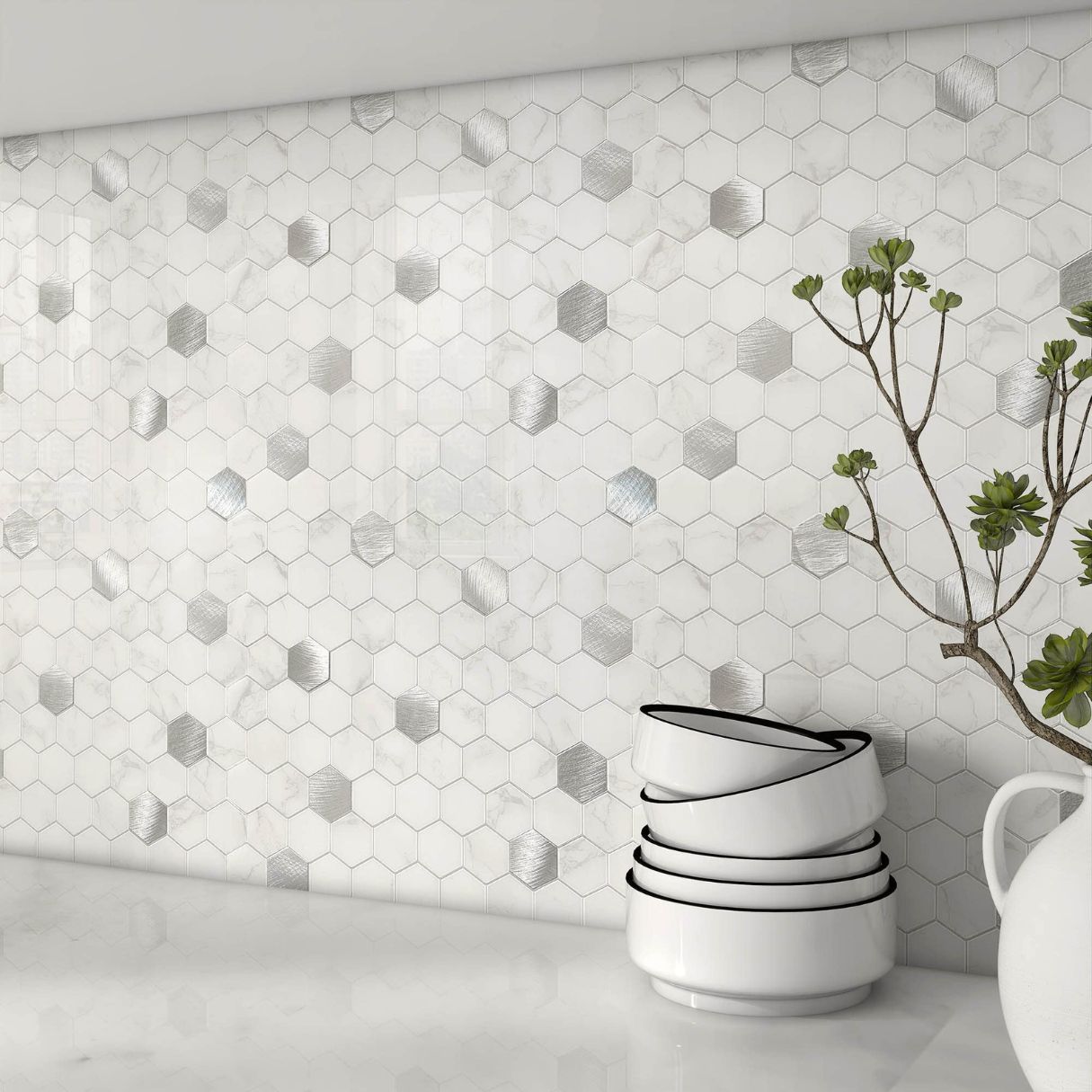
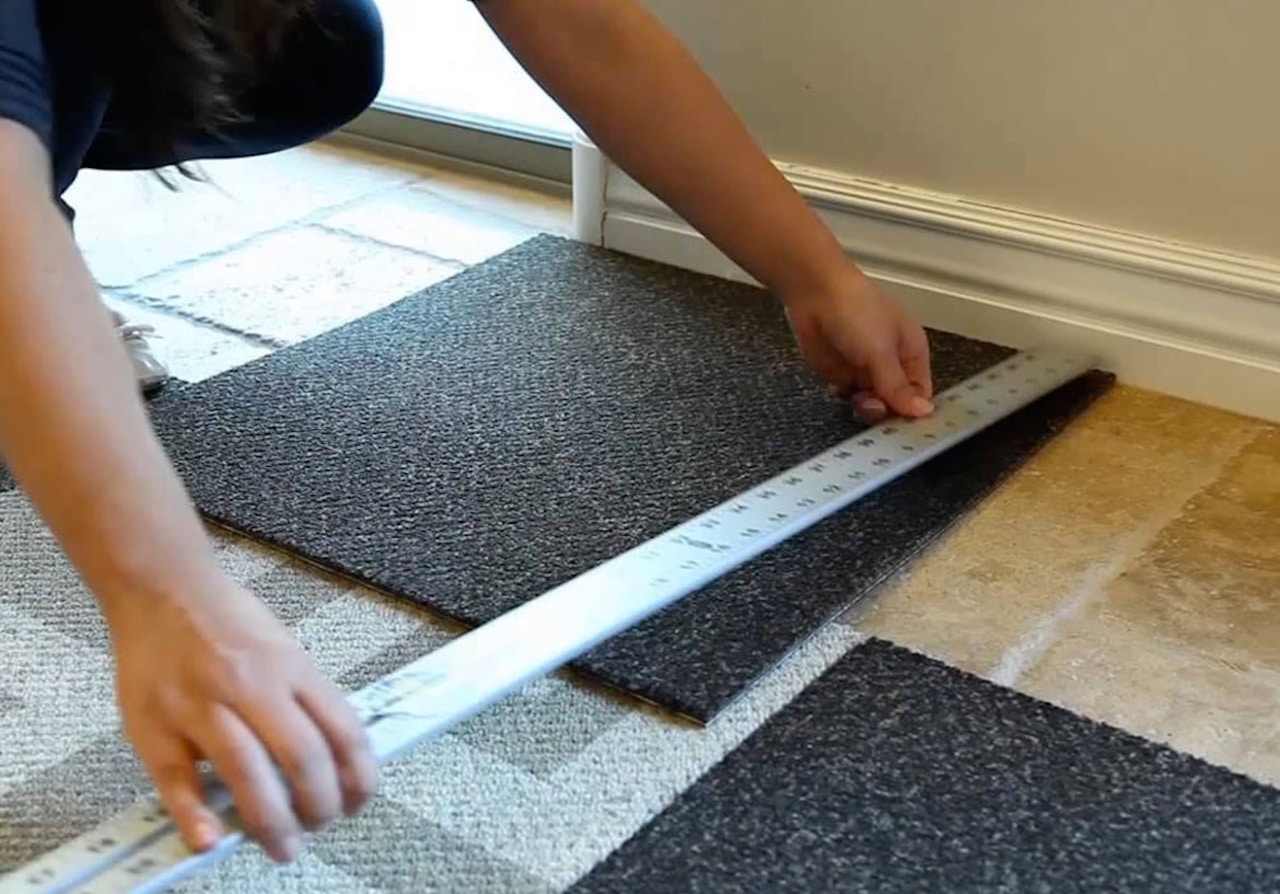
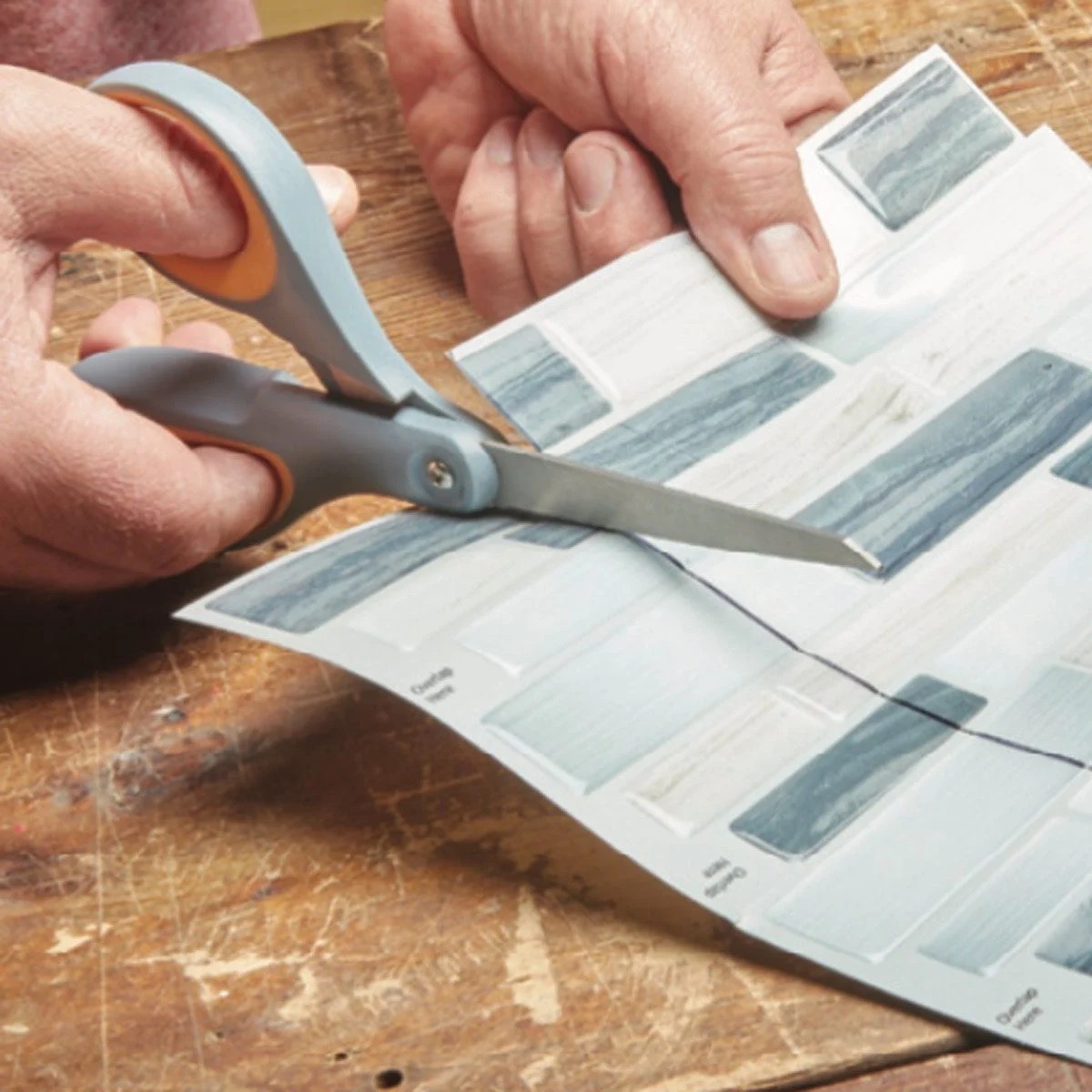

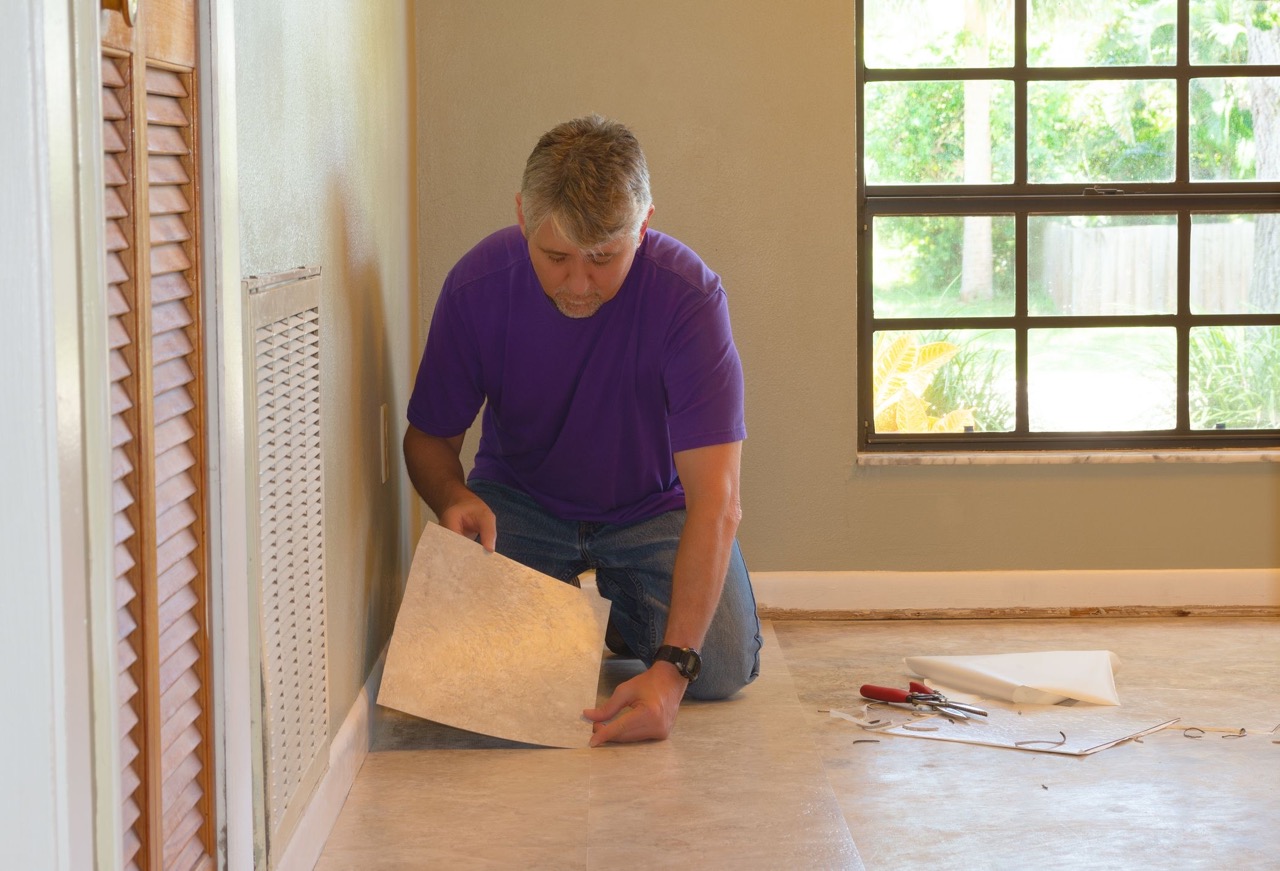
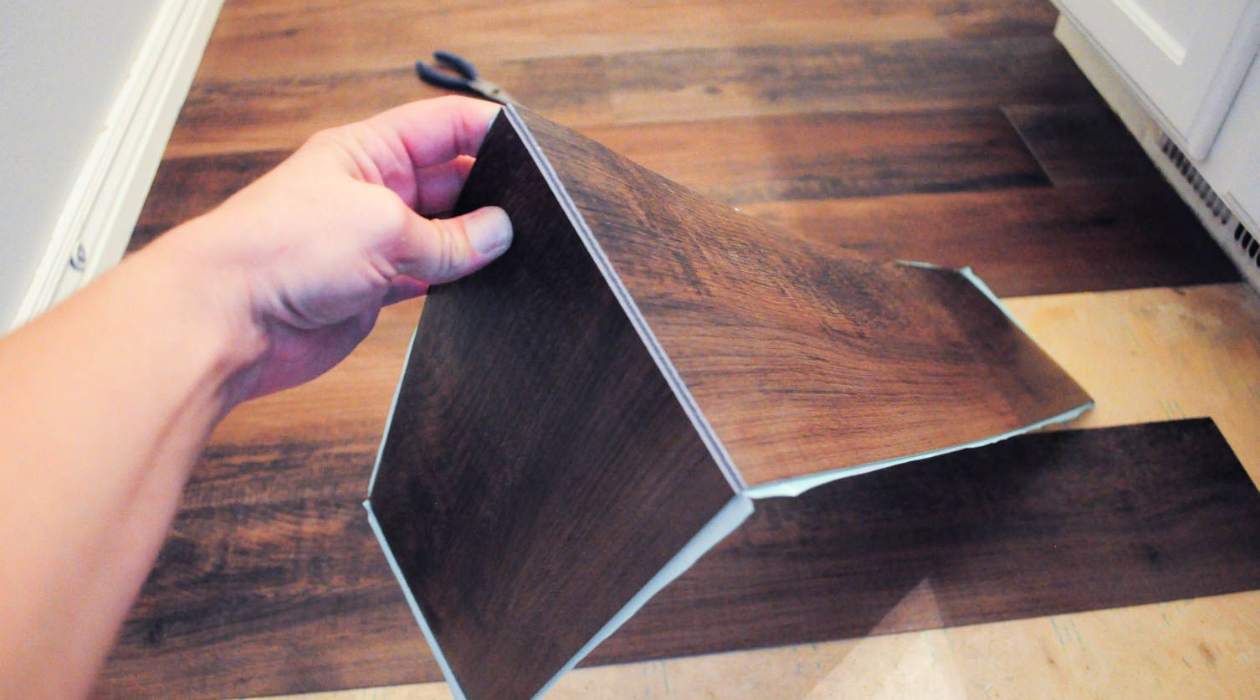
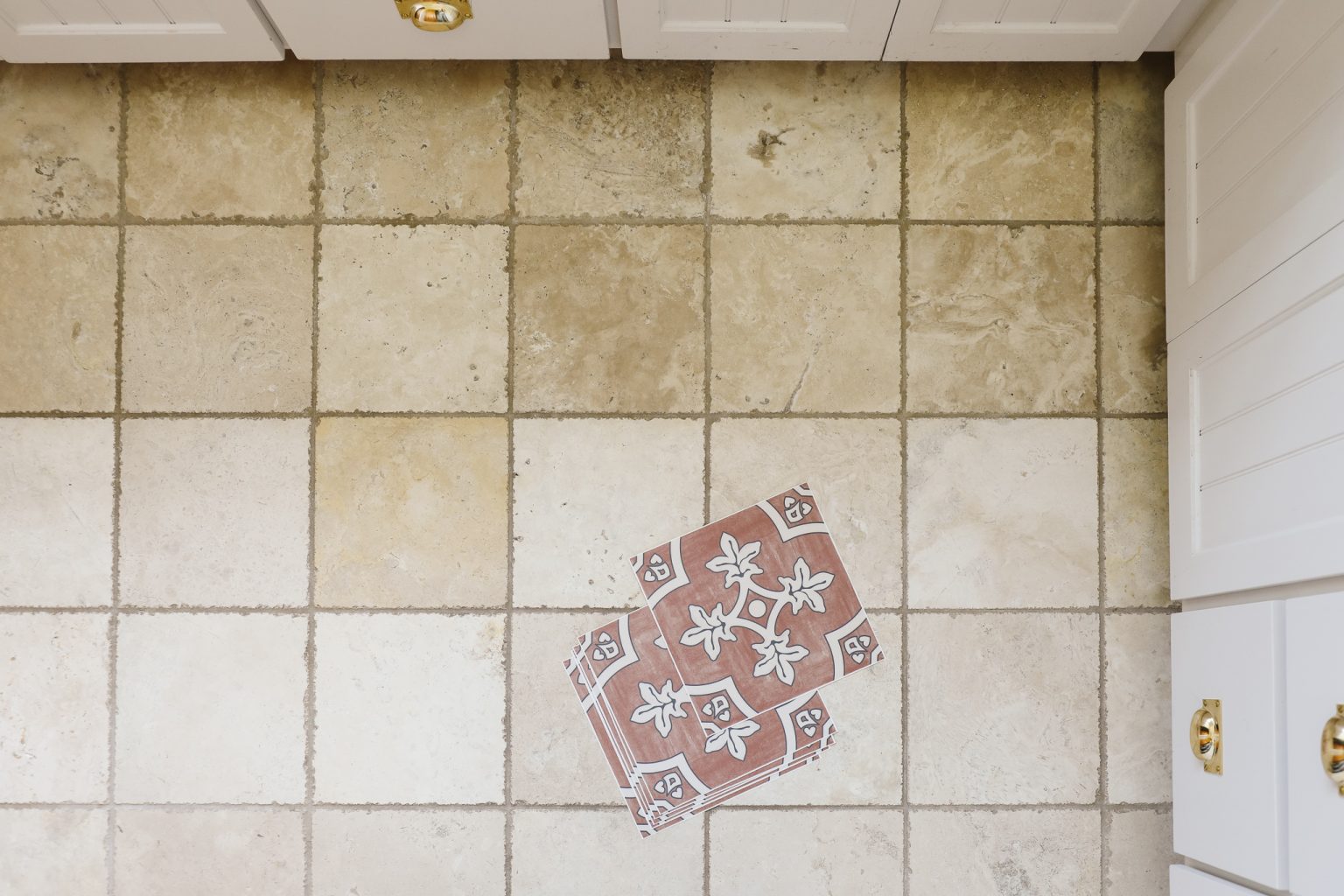
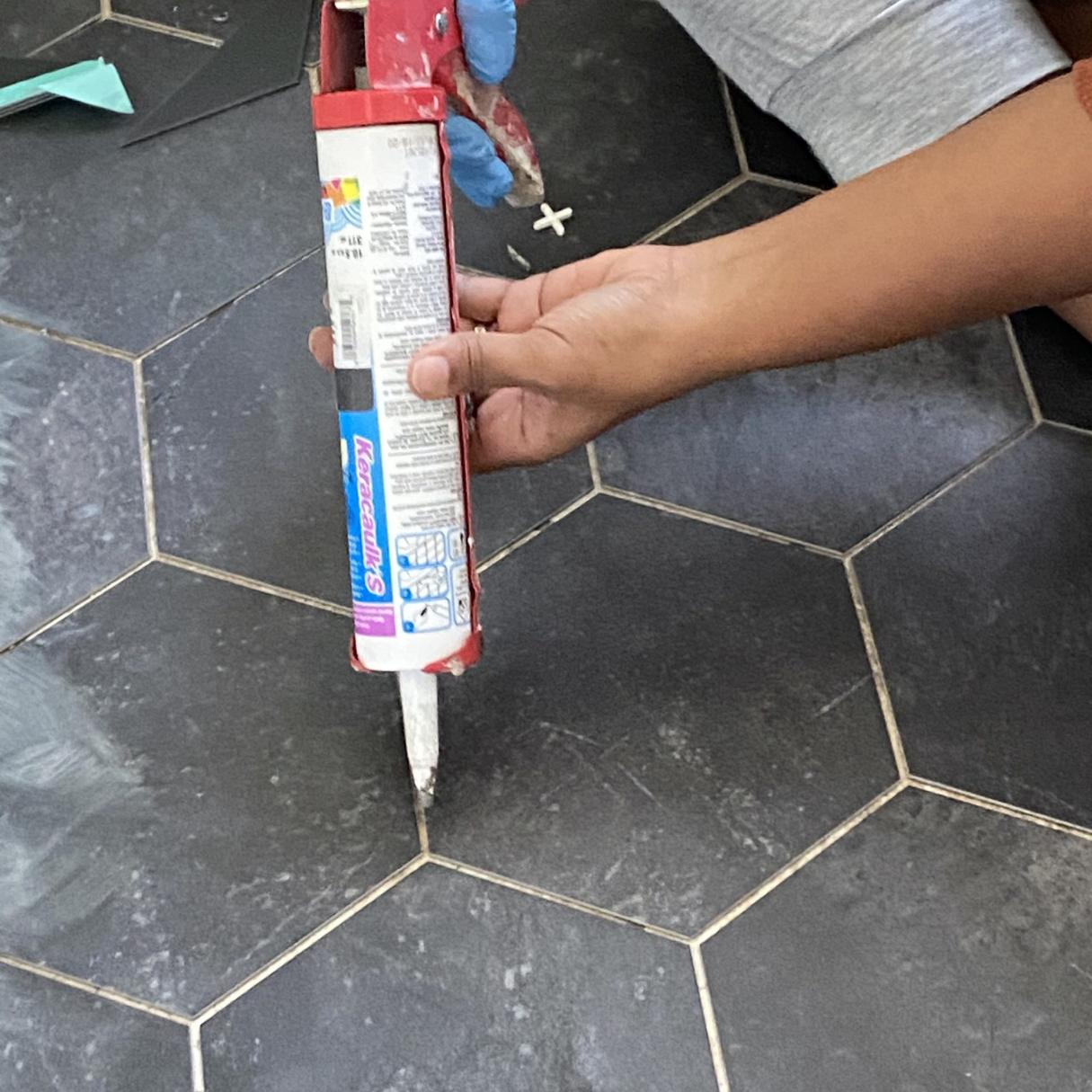
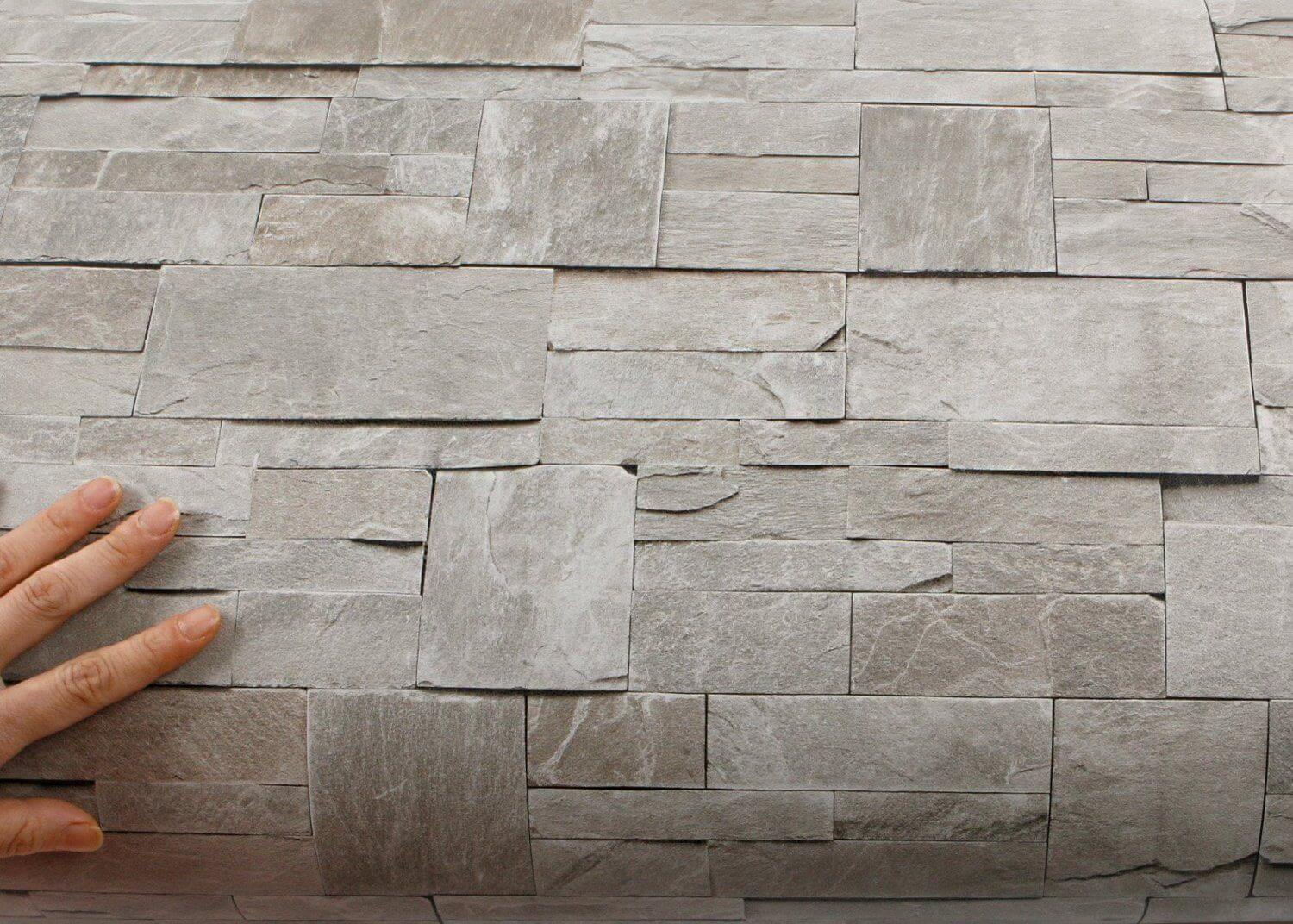
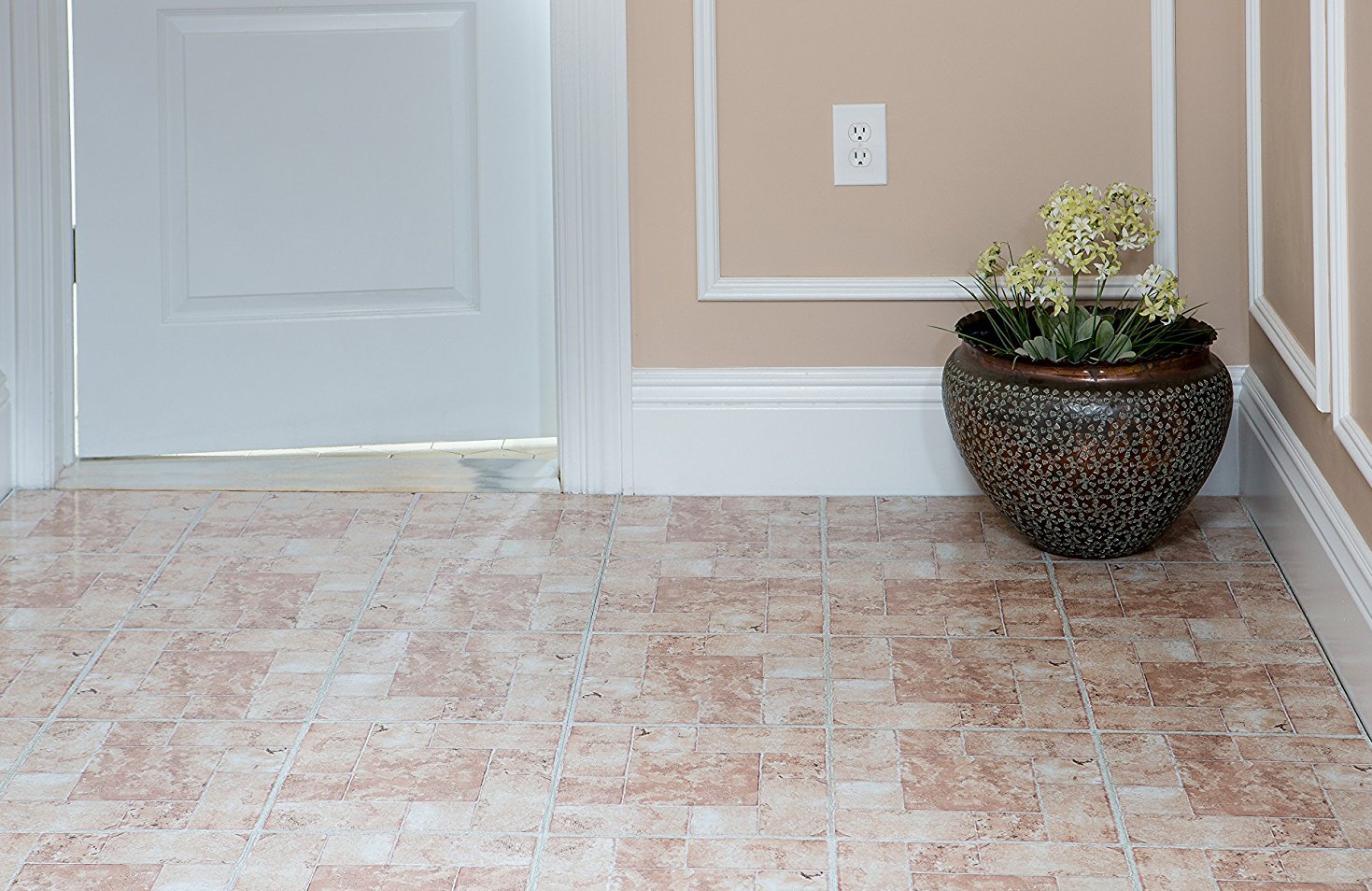
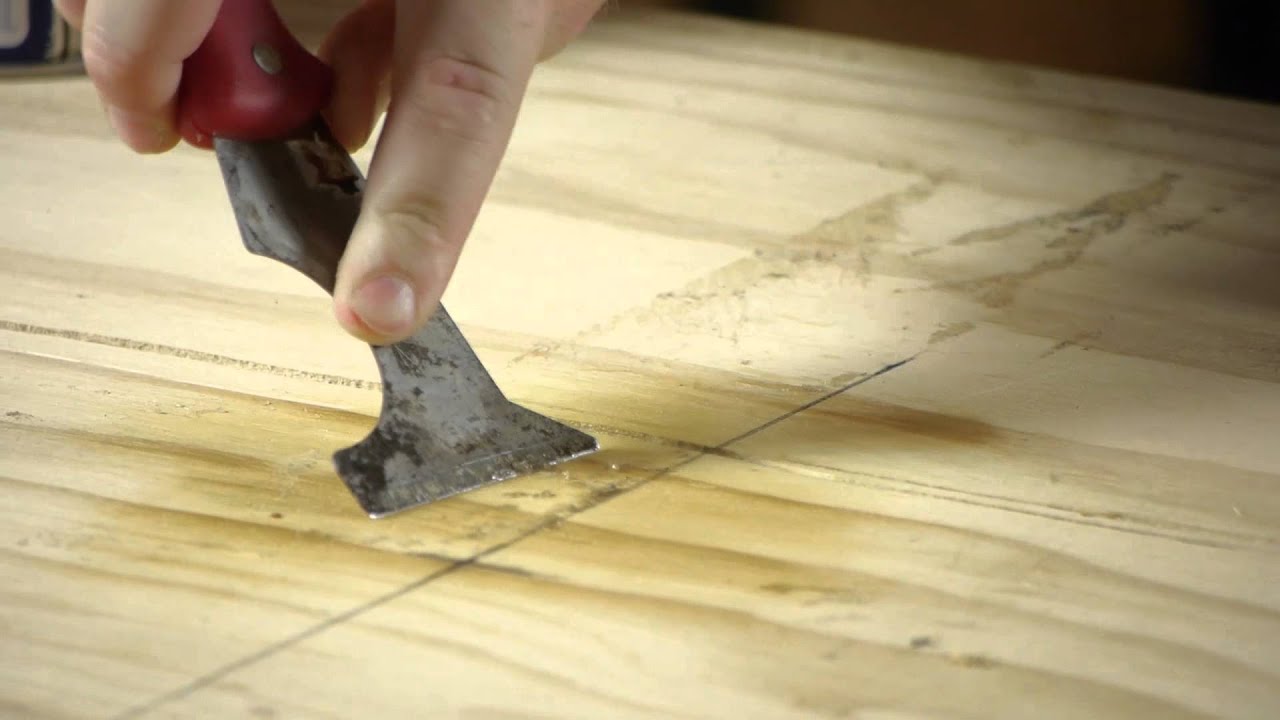
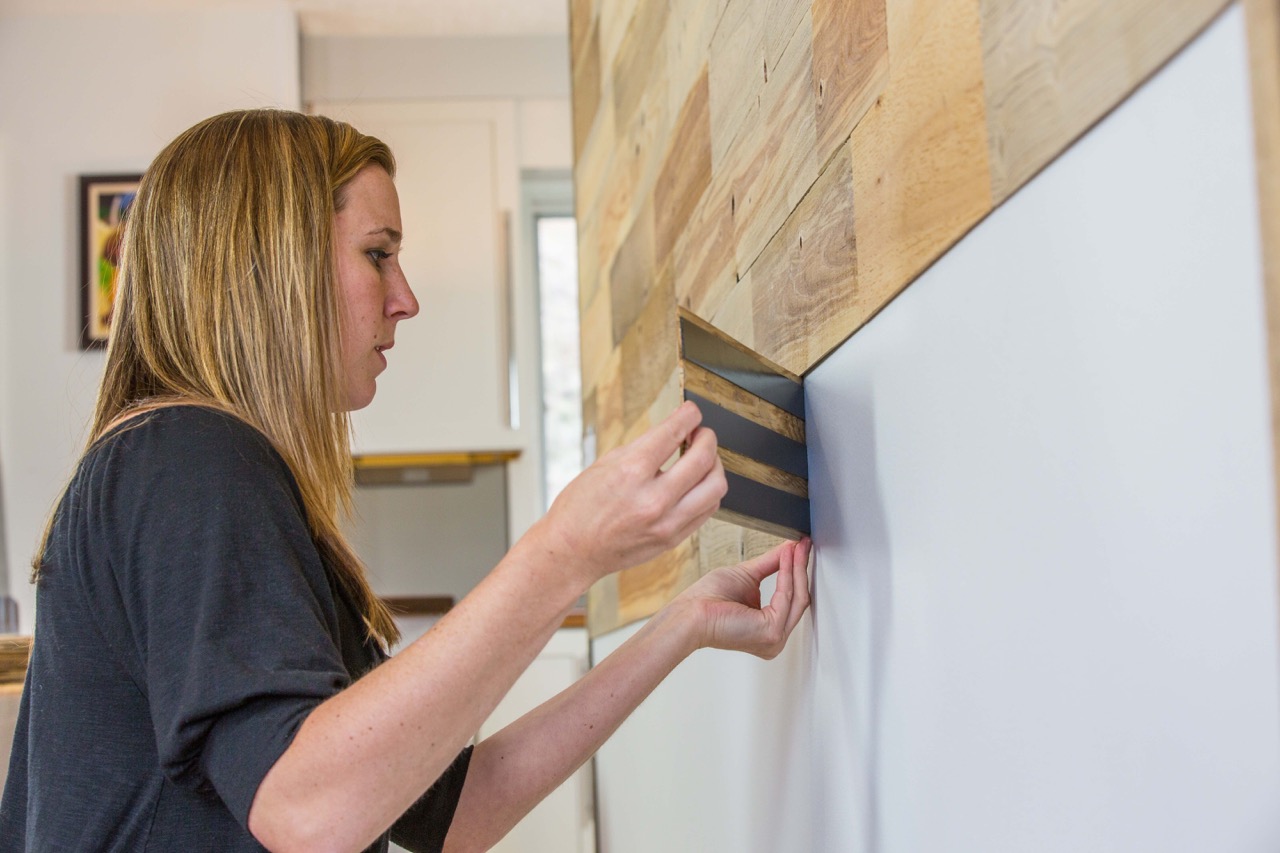
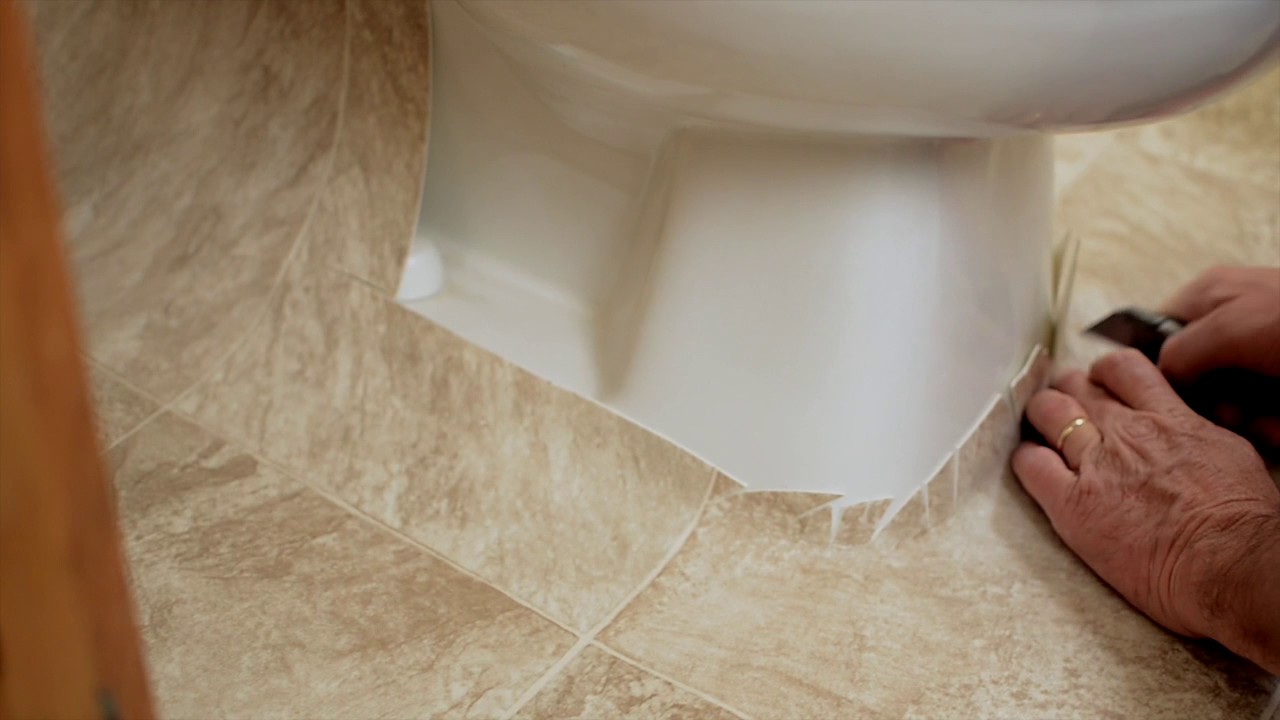
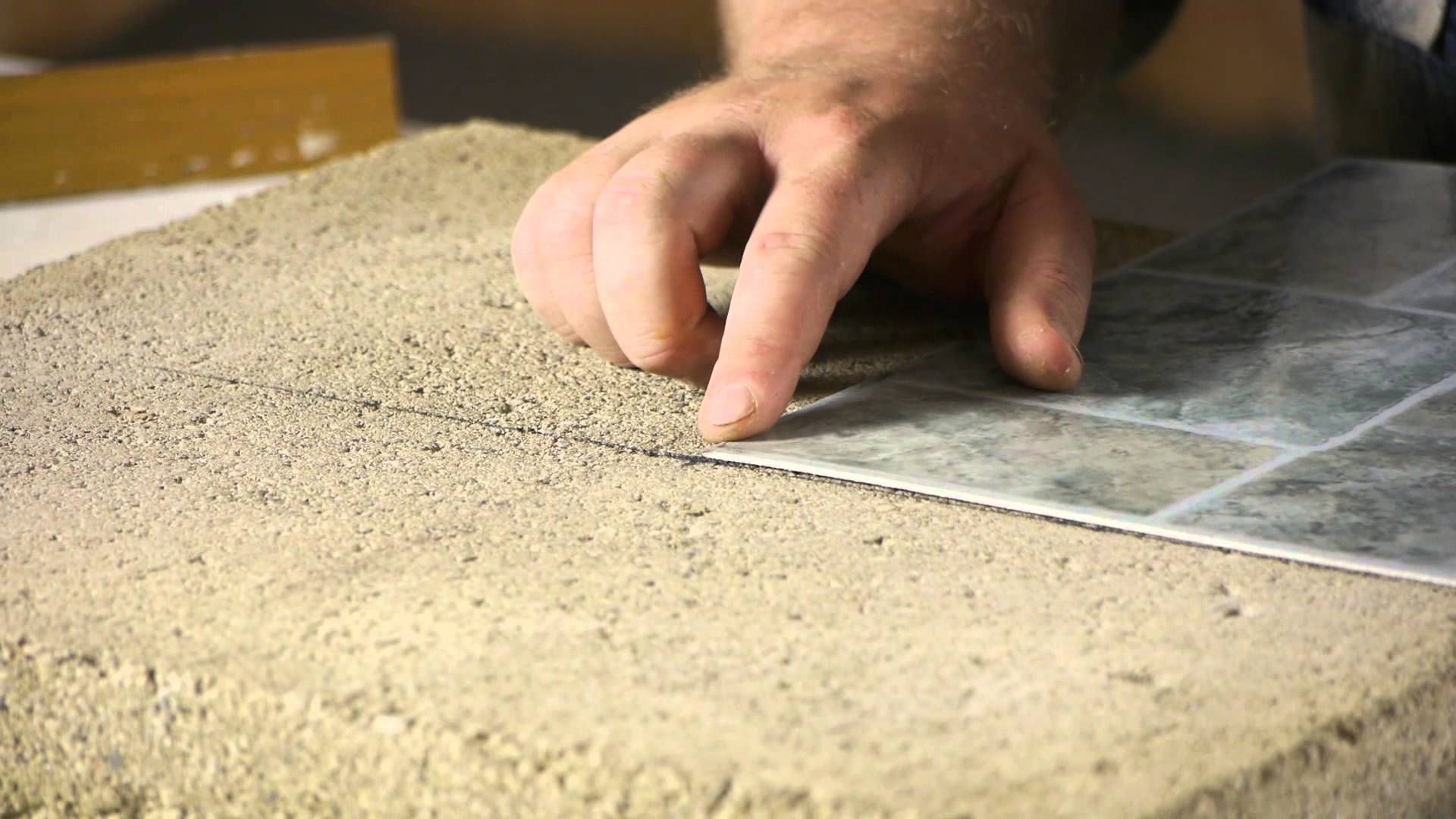

0 thoughts on “How Much Does It Cost To Install Peel And Stick Tile”